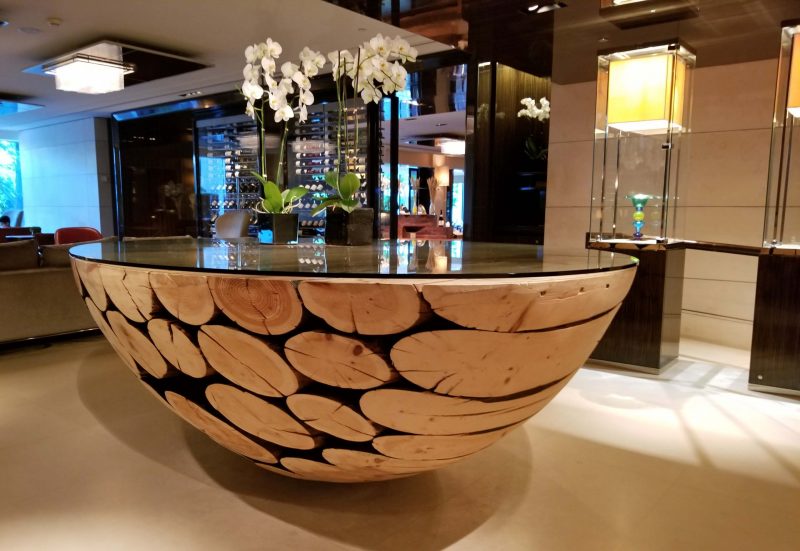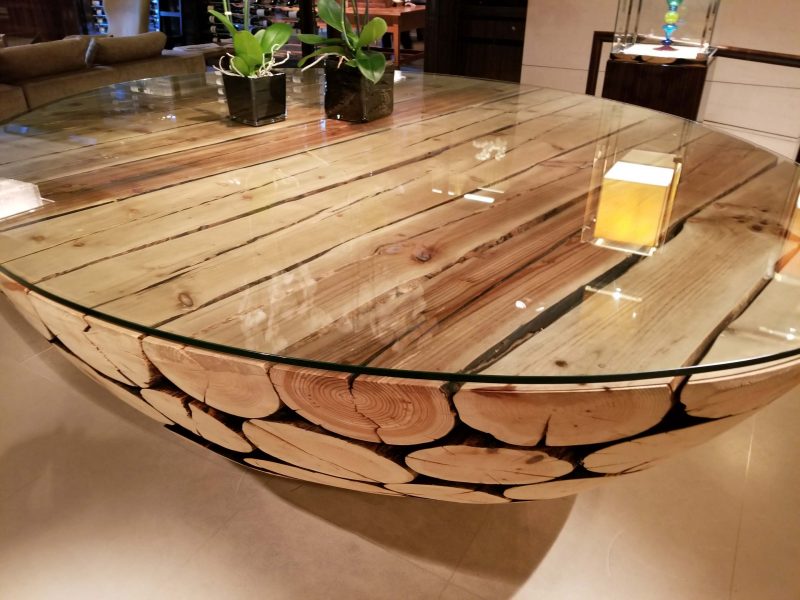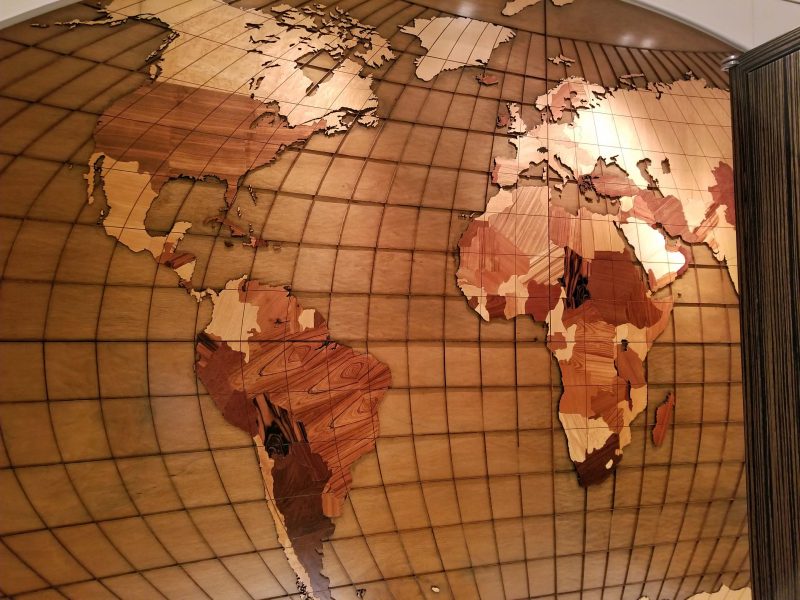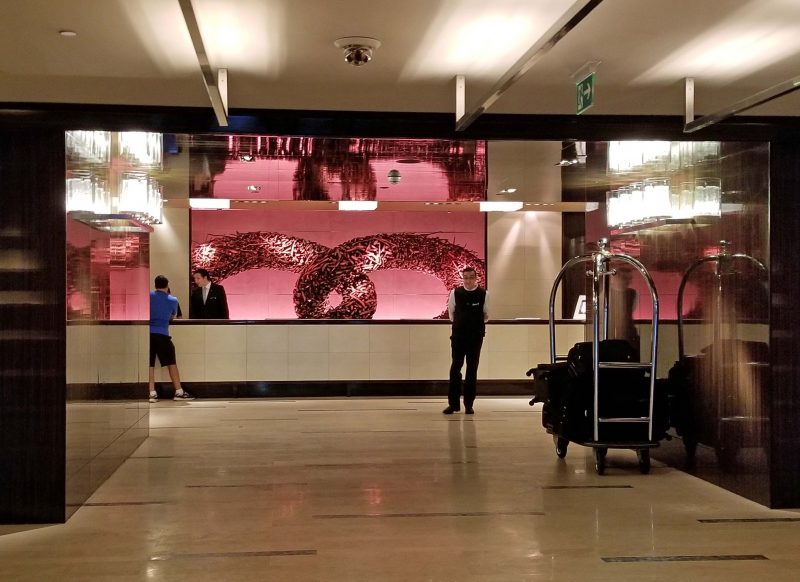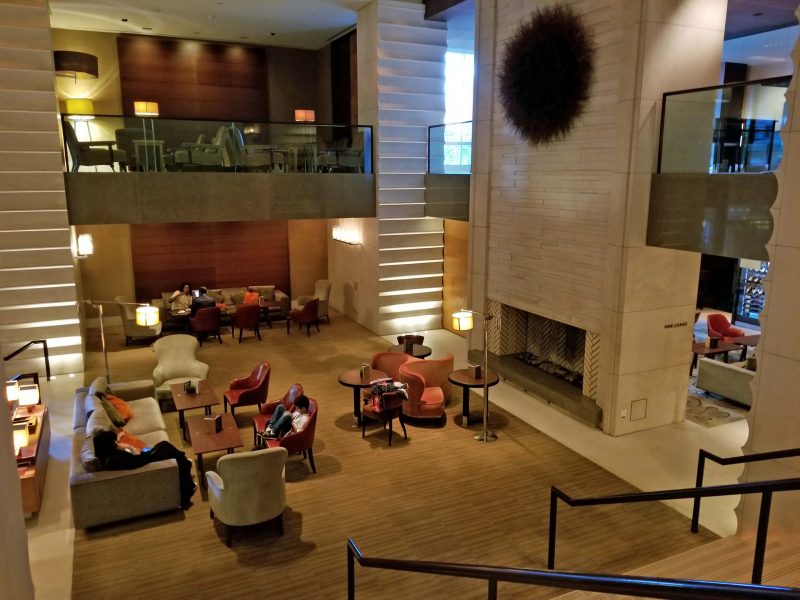On our way from Zermatt to Geneva, we stopped at a winery for lunch. The tour of the winery was basic: the vineyards are on the hillside; here’s the cellar; there is wine in these casks. To make up for what the tour lacked, we had a beautiful view of Lake Geneva and four delicious wines to taste with our food on a beautiful summer day

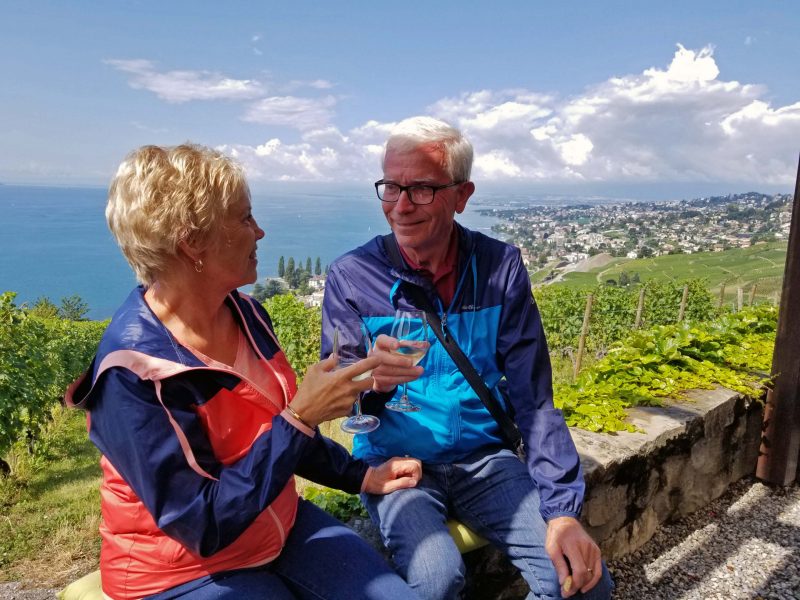
Then it was on to two days in Geneva, located at the foot of the French Alps. Snowcapped mountains are visible from the city year-round. Geneva’s iconic symbol, the Jet d’Eau, was originally built in 1886 to control and release the excess water pressure of a nearby hydraulic plant. Over time, it became a symbol of the city, so it was amplified and relocated more centrally in Lake Geneva. It is one of the tallest fountains in the world, shooting water up to 460 feet in the air. It takes 15 seconds for a drop of water to fall from the top of the plume to the surface of the lake. Really. You can watch a spot of spray and count one-Mississippi, two-Mississippi, all the way up to fifteen-Mississippi while you watch it fall.
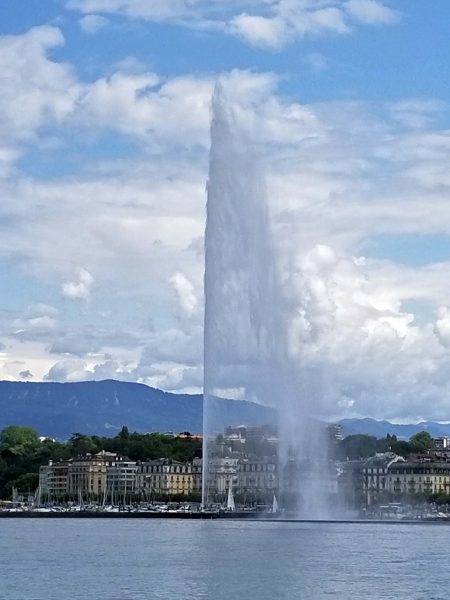
During the Protestant Reformation, Geneva was the center of Calvinism. The University of Geneva was founded by John Calvin. The Reformation Wall was built on the grounds of the university to commemorate the 400th anniversary of Calvin’s birth and the 350th anniversary of the university. It is built into the old city wall to represent the fortification’s importance to the Reformation, and it honors many of the main individuals, events, and documents of the Reformation with statues and bas-reliefs. One of the Calvinist themes was “After darkness, comes light.”
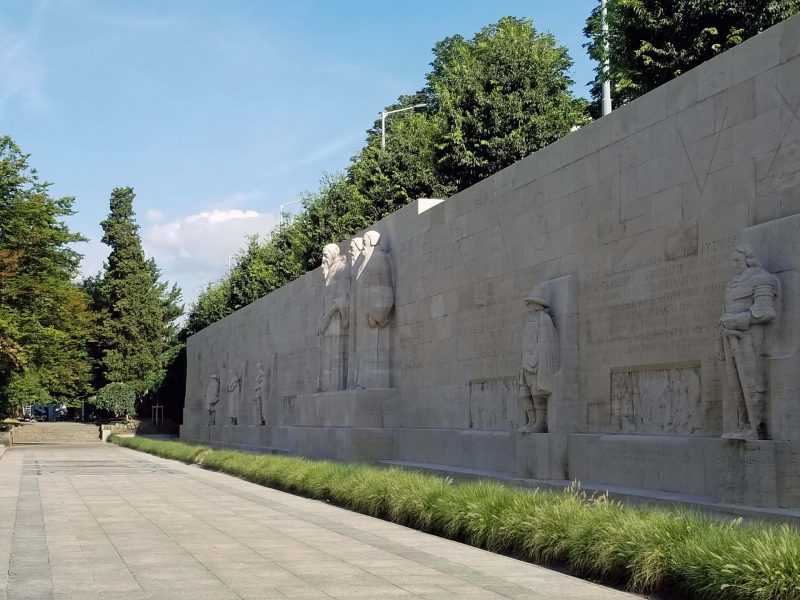
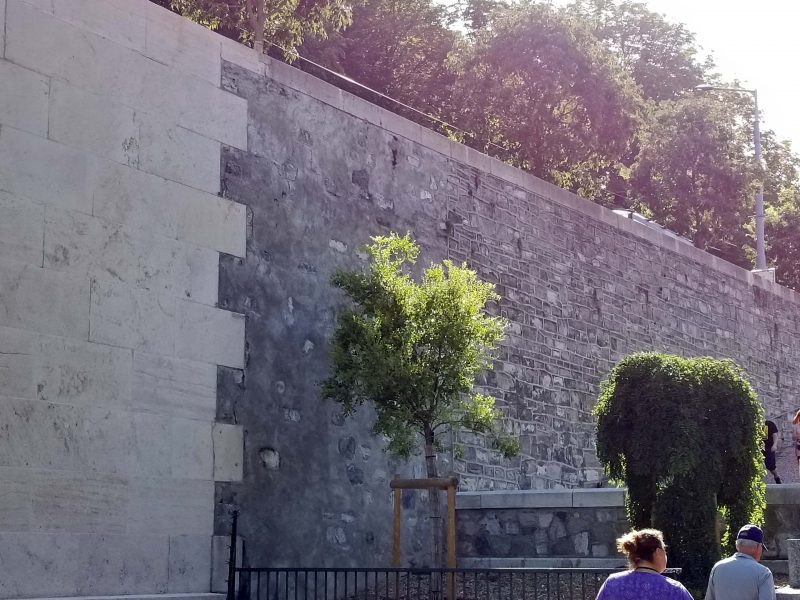
On the other side of the Reformation Wall, under the street lights you can see in the above photos, is the longest park bench in the world. It is as long as 180 regular-sized park benches. The bench extends far beyond what my photo shows.

The Protestants eschewed elaborately decorated places of worship, so they stripped the Roman Catholic churches of decoration and created simpler, plainer interiors. In Switzerland, there is an optional one percent religious tax. Most people pay it for the tax benefit, so the Swiss churches tend to be well funded.


The original Geneva City Hall had some slanted floors to allow horses to pull carriages and drays into the building for unloading.

The paintings on the wall in the photo below represent three phases of Geneva’s history. The left panel depicts Geneva flourishing after the arrival of Ceasar. The middle panel shows markets from the Middle Ages. The right panel pictures the arrival of the Huegenots, French Protestants who were persecuted by the French Catholic government for following the teachings of John Calvin. The paintings are so elaborate, I wouldn’t have known what they were if the guide hadn’t told us.

Our cruise ended in Basel on July 29, but there was an option to continue with the cruise company (Viking) on an “extension” to Switzerland, and Ted and I chose to do it. All of our activities in Switzerland were part of the cruise extension. For our last two nights, Viking booked us in a five-star hotel. I really liked the interior decorating. You have to admire this table made of logs and the wall-size wooden world map. A bookcase blocked my camera’s view of the full map.
